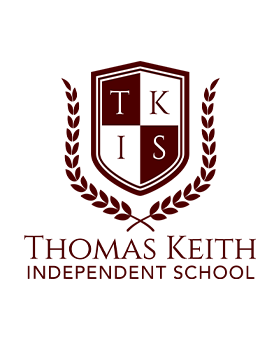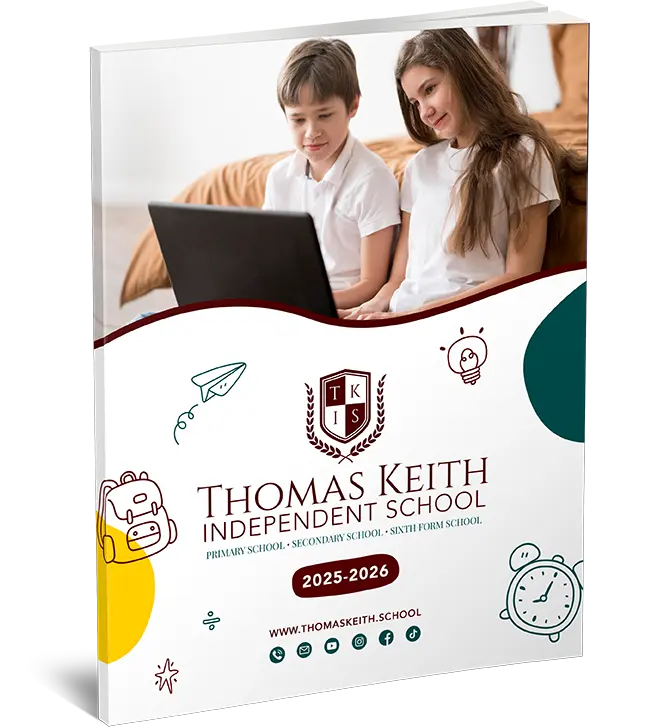Commas For Clarity In KS2
Commas for Clarity in KS2 is a fundamental skill that helps students improve their writing by ensuring clarity and coherence. Commas are essential punctuation marks that not only enhance readability but also help convey meaning more effectively. This article explains the importance of commas, where they are used in KS2, and how schools like Thomas Keith Online Independent School teach students to use them correctly.
![]()
What Are Commas?
Commas are punctuation marks used to separate words, phrases, or clauses in a sentence. They help to break up long or complicated sentences, making them easier to read and understand. Proper use of commas ensures that the meaning of a sentence is clear, avoiding confusion or misinterpretation.
For example:
-
Without a comma: Let’s eat Grandma.
-
With a comma: Let’s eat, Grandma.
As shown in this example, the placement of a comma can completely change the meaning of a sentence!
When to Use Commas in KS2
Here are some of the most common uses of commas that KS2 students should be familiar with:
Lists
Commas are used to separate items in a list. This helps clarify the items being referred to and ensures the reader can easily distinguish between them.
-
Example: I bought apples, bananas, oranges, and grapes.
After Fronted Adverbials
Fronted adverbials are phrases that appear at the beginning of a sentence. These need to be followed by a comma to separate them from the main part of the sentence.
-
Example: After the rain stopped, we went outside to play.
Before Conjunctions in Compound Sentences
Commas are placed before conjunctions such as and, but, or when they join two independent clauses. This helps to break up longer sentences and improve clarity.
-
Example: I wanted to play football, but it started raining.
To Separate Clauses
Commas are used to separate dependent clauses from the main clause in a sentence. This ensures that the sentence is easy to follow and doesn’t become too complex.
-
Example: Although it was late, she finished her homework.
Direct Speech
When writing direct speech, commas are used to separate the reporting clause (the part that tells us who is speaking) from the spoken words. This helps the reader easily identify who is speaking.
-
Example: He said, “I love reading books.”
How Are Commas Taught in Schools?
At Thomas Keith Online Independent School, learning how to use commas correctly is an important part of the writing curriculum. Teachers provide clear, step-by-step explanations of punctuation rules, supported by plenty of examples and interactive exercises. This approach helps students understand the different contexts in which commas are needed.
Through engaging lessons and online resources, students at Thomas Keith Online Independent School get to practice using commas in various types of writing. These interactive activities not only reinforce the rules but also make learning punctuation fun and memorable.
FAQs
Q: Why are commas important in writing?
A: Commas help make writing clearer by ensuring that the meaning of a sentence is not confusing or ambiguous. They separate ideas, clauses, and lists, improving readability.
Q: What happens if I forget a comma?
A: Missing a comma can alter the meaning of a sentence or make it difficult to read. It may confuse or make the sentence appear ungrammatical.
Q: How can I practice using commas?
A: Practising with exercises, games, and online lessons is a great way to master comma usage. Tools like those offered by Thomas Keith Online Independent School provide helpful exercises and feedback.
Conclusion
Using commas properly is a key skill for KS2 students. Commas improve the clarity of writing, making sentences easier to read and understand. By learning the rules and practising their use, students can write with confidence. Schools like Thomas Keith Online Independent School offer engaging and effective lessons that help students master this important punctuation skill, ensuring they can apply it confidently in their writing. As students continue to practice and refine their skills, they will become better writers, capable of expressing their ideas clearly and accurately.




